
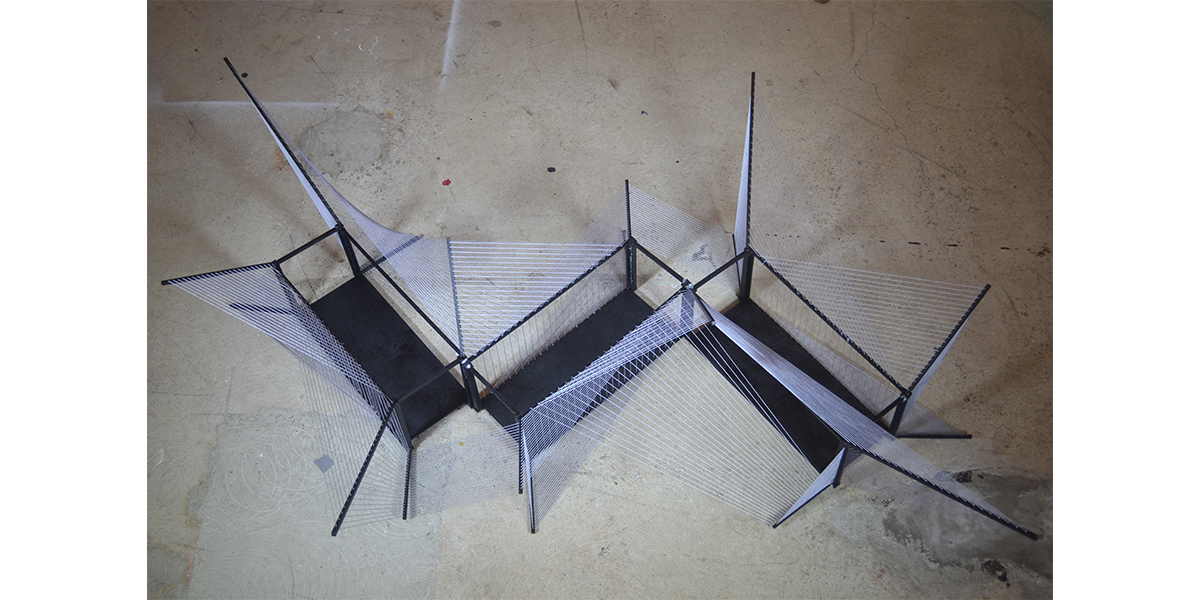
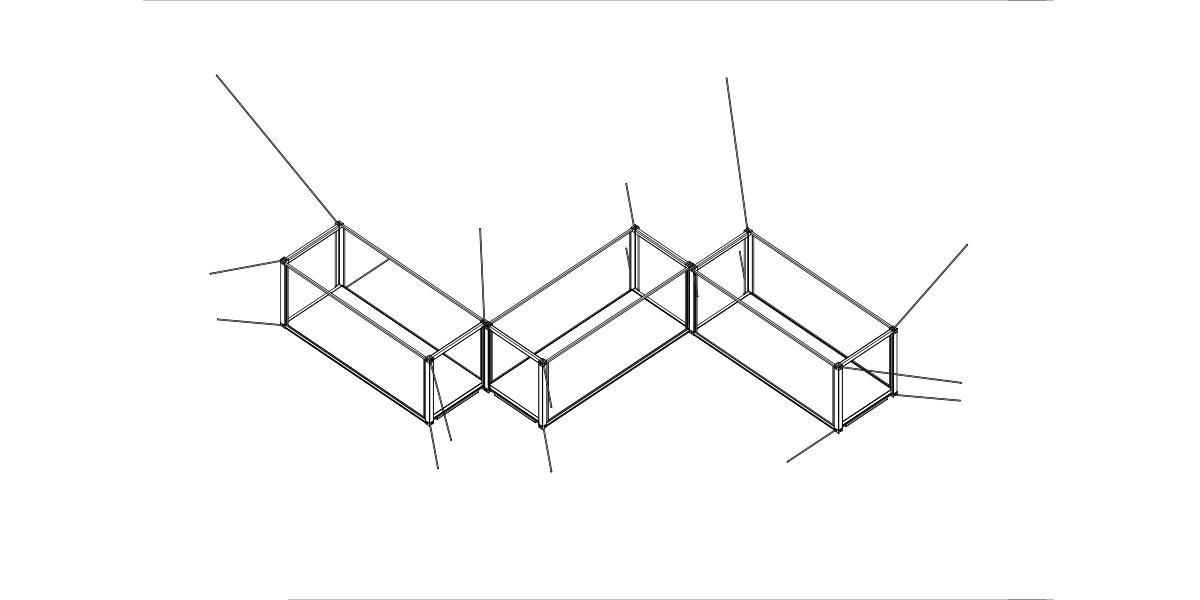
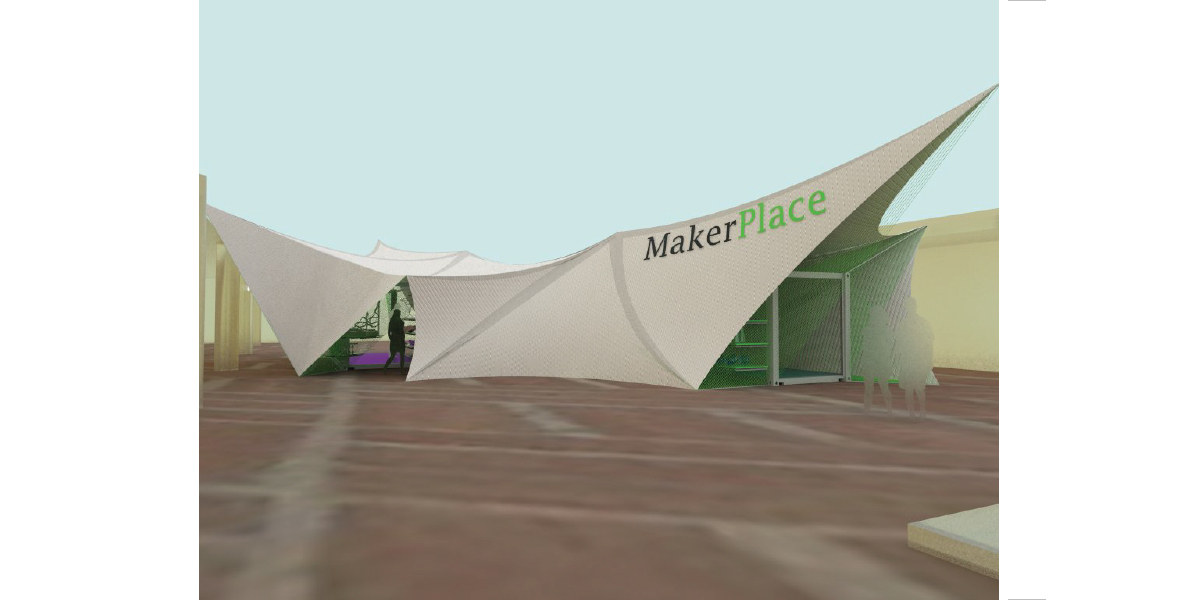
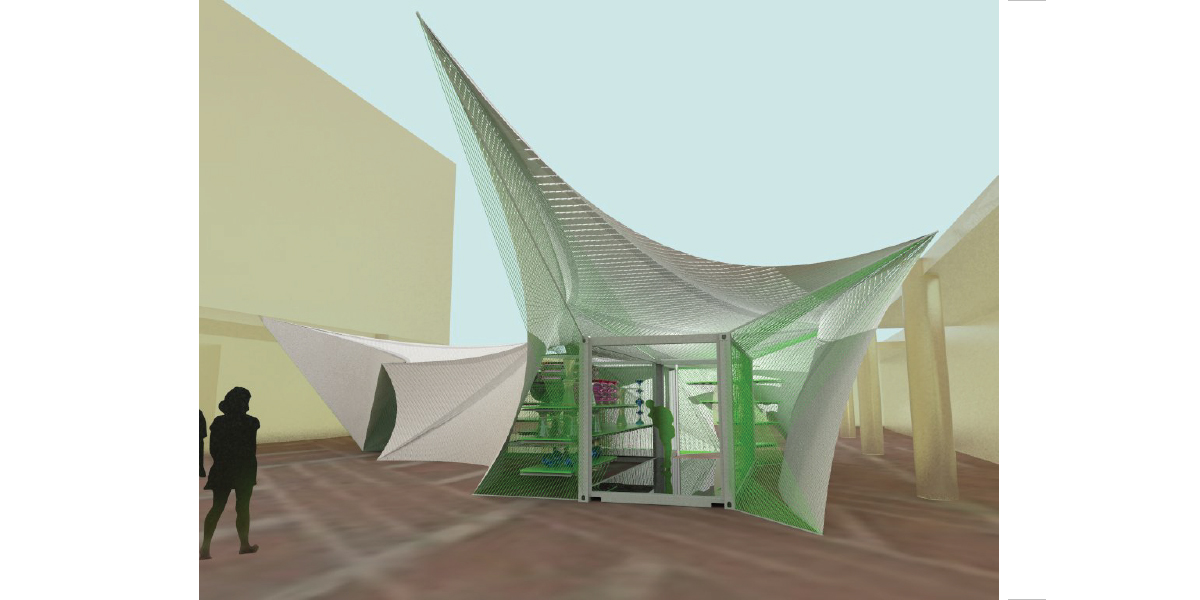
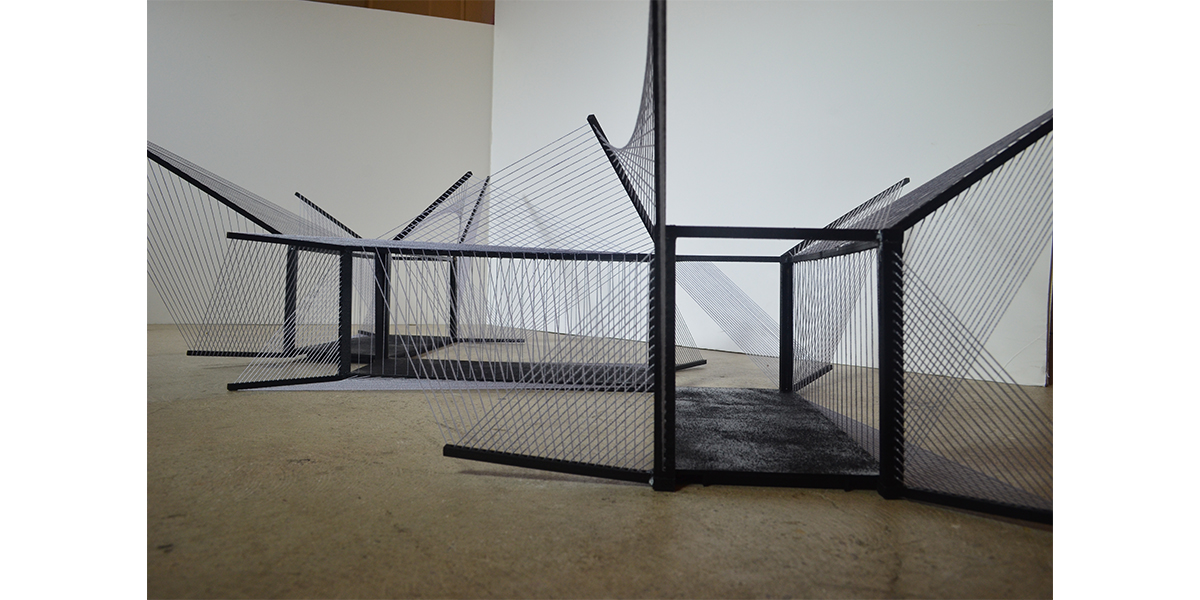
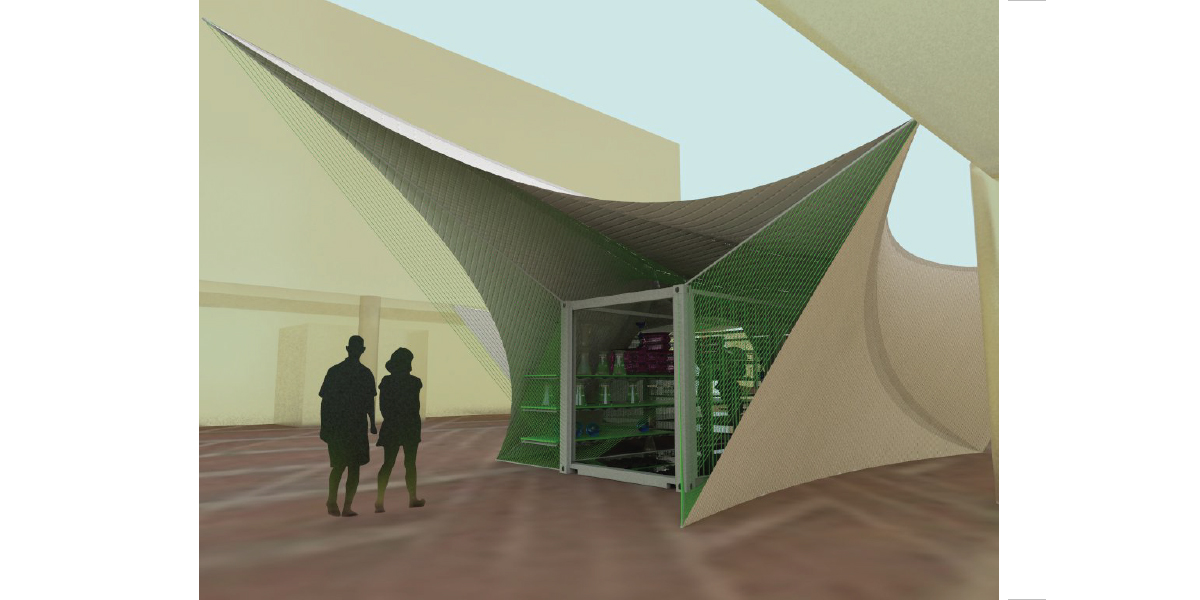
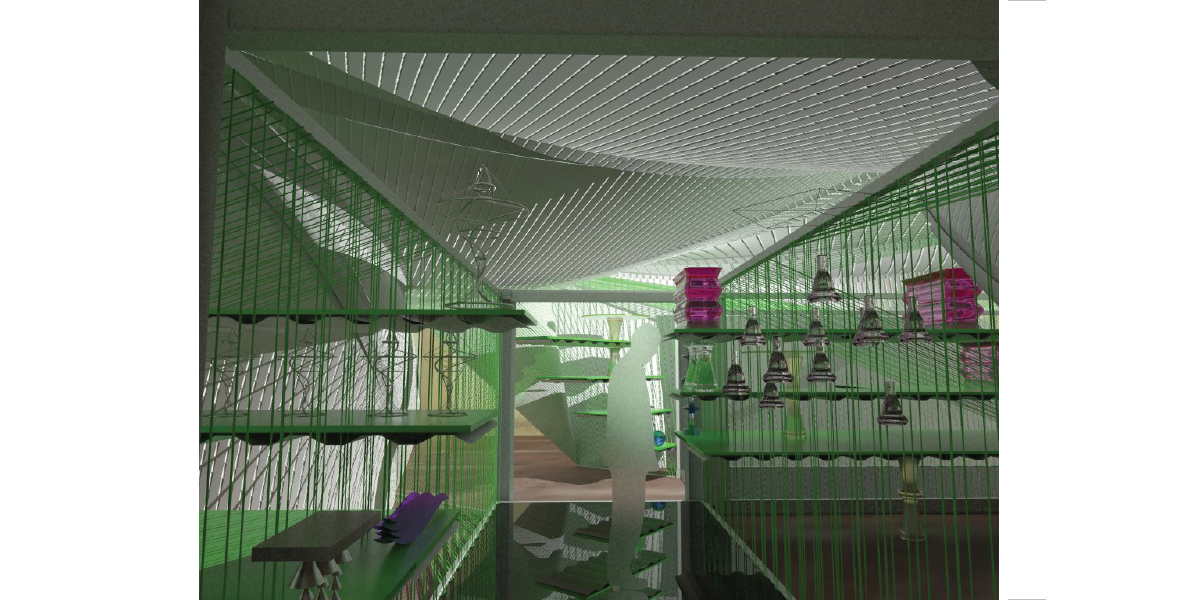
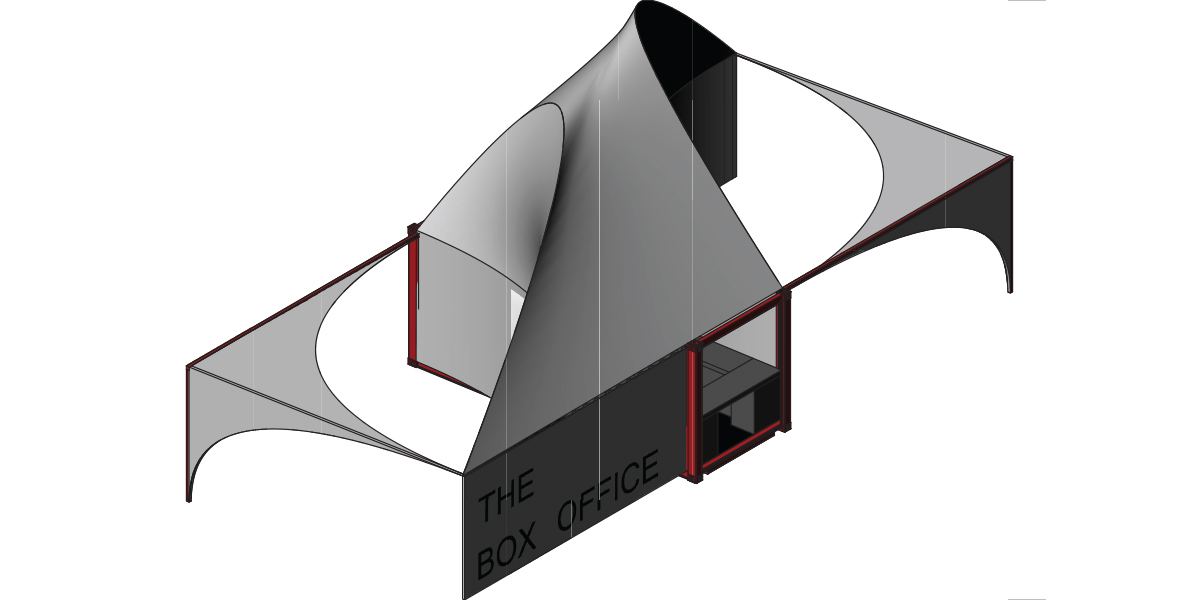
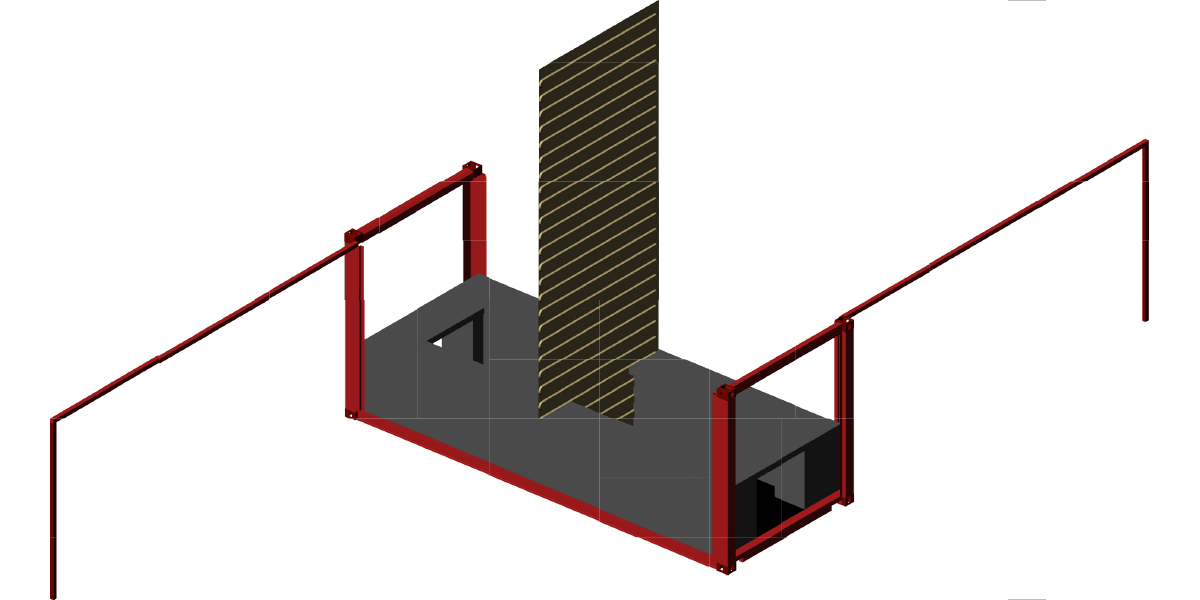
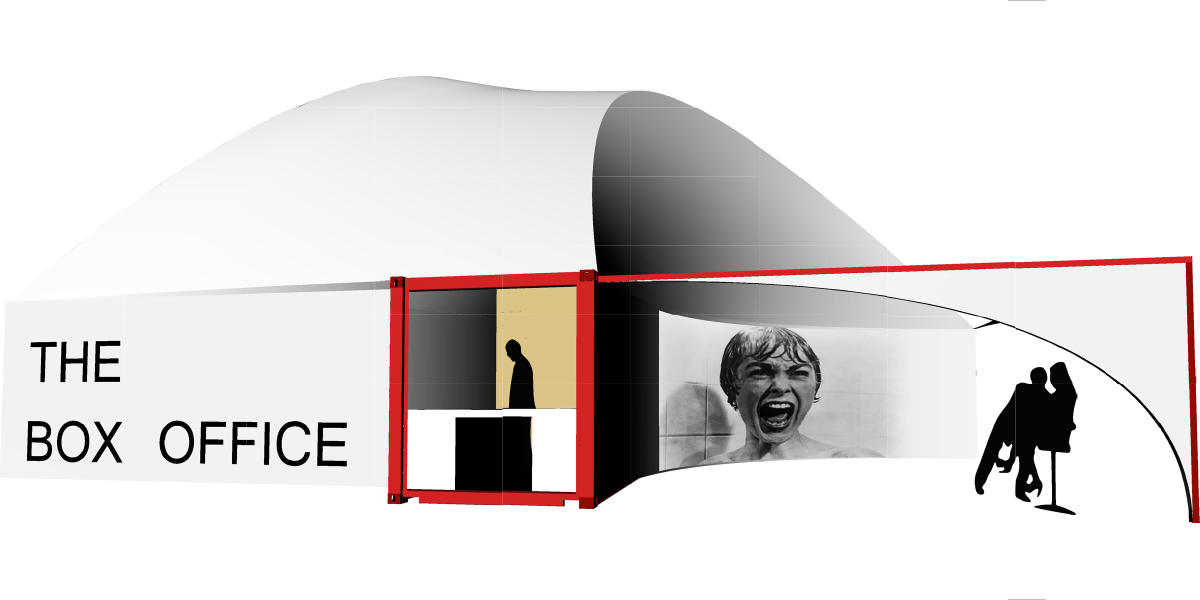
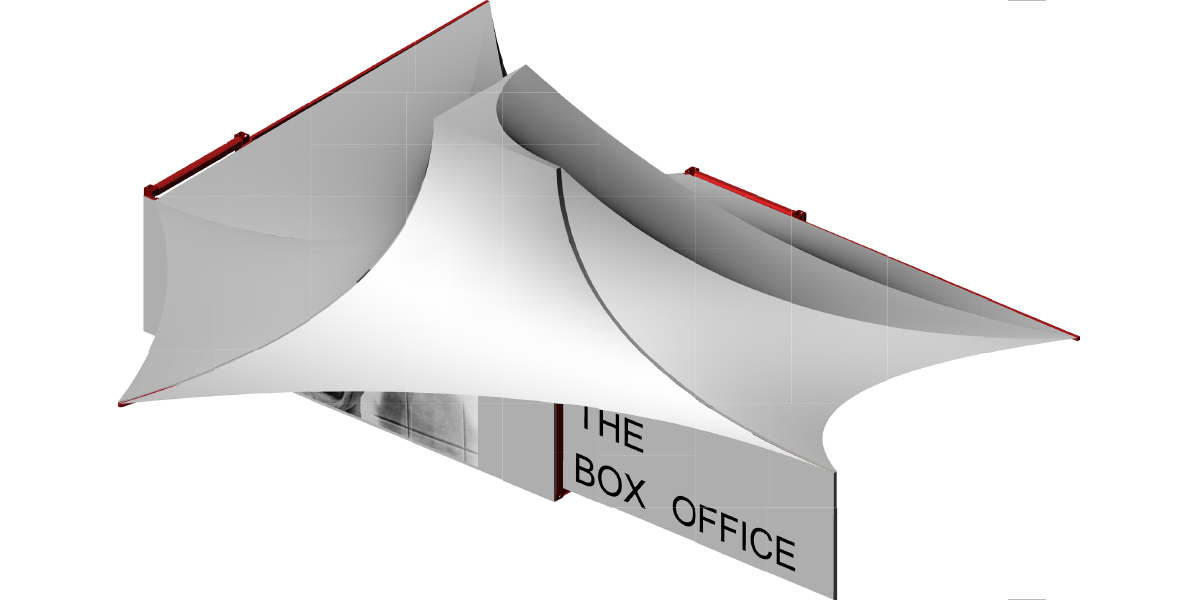
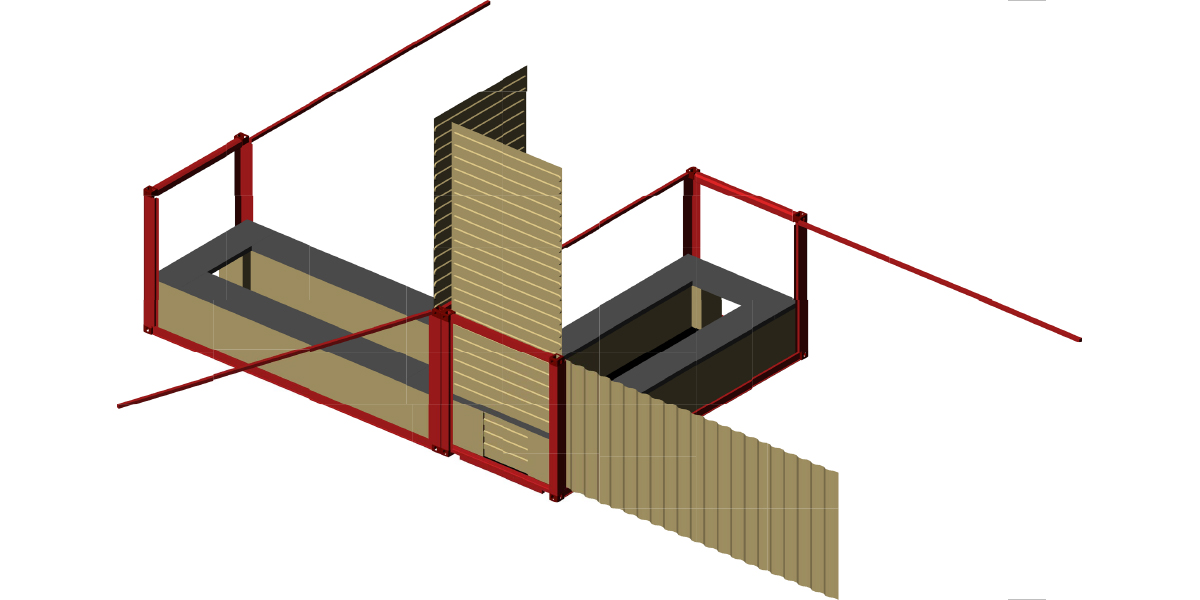
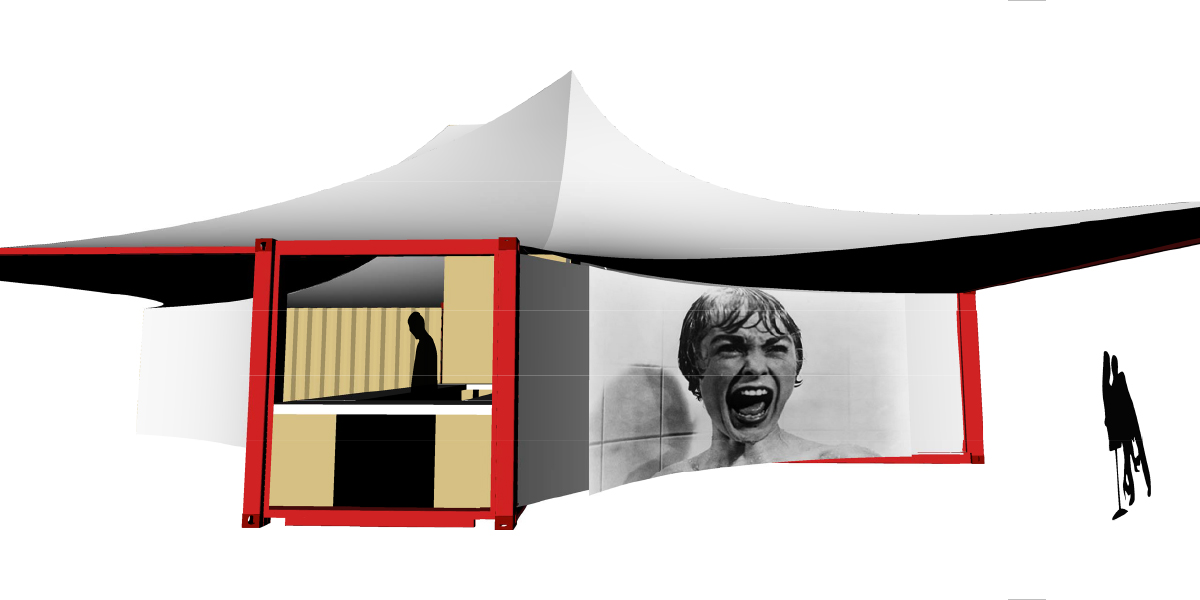

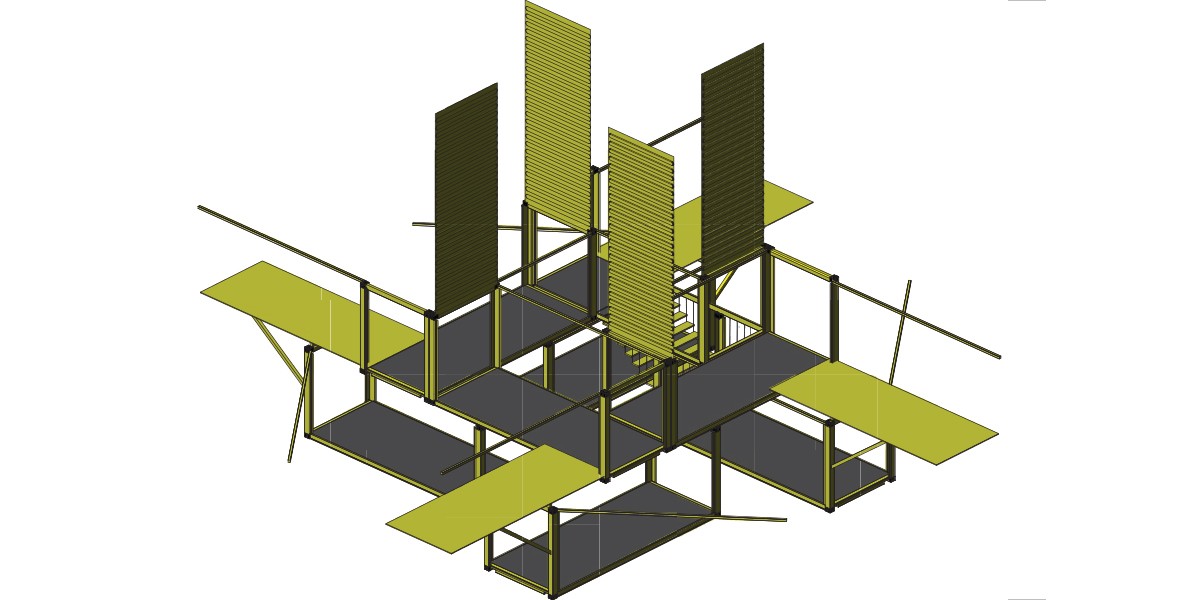
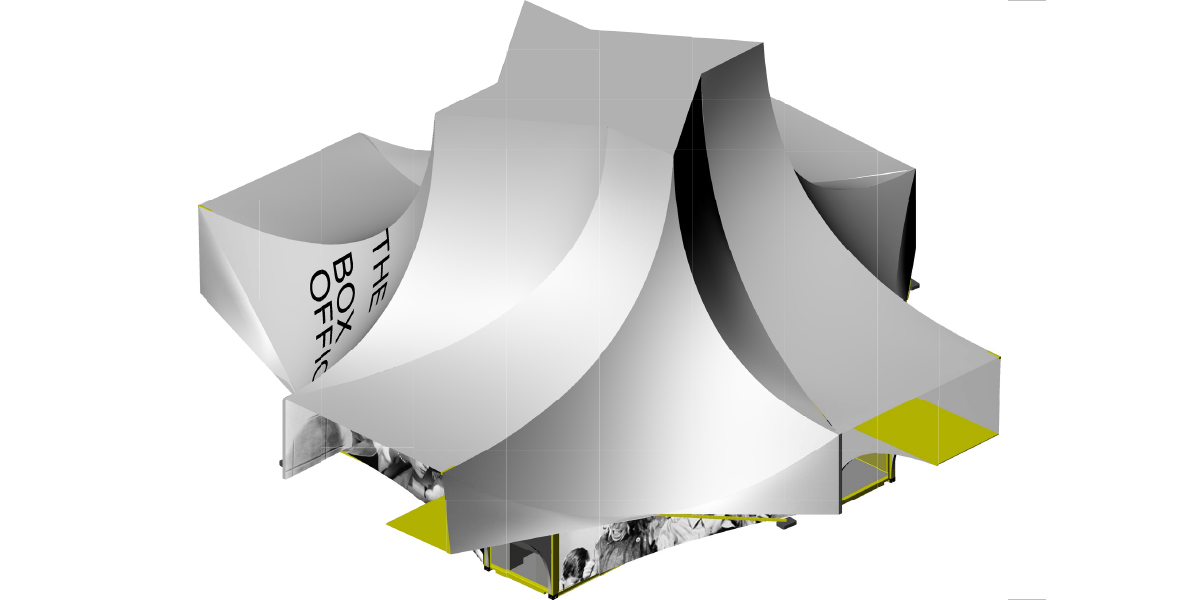
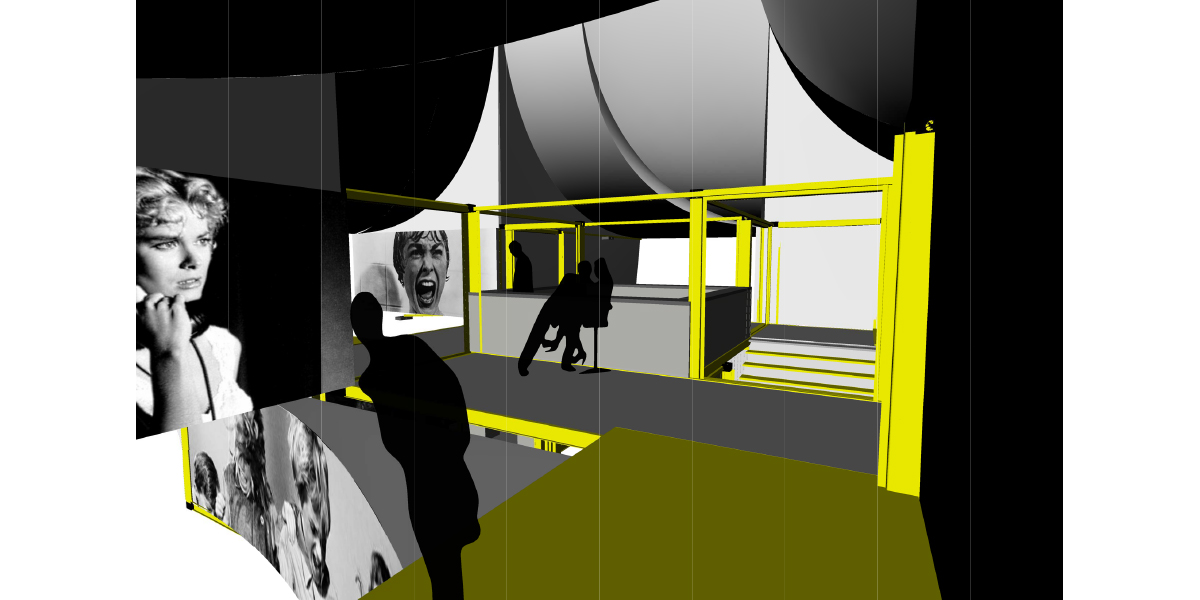
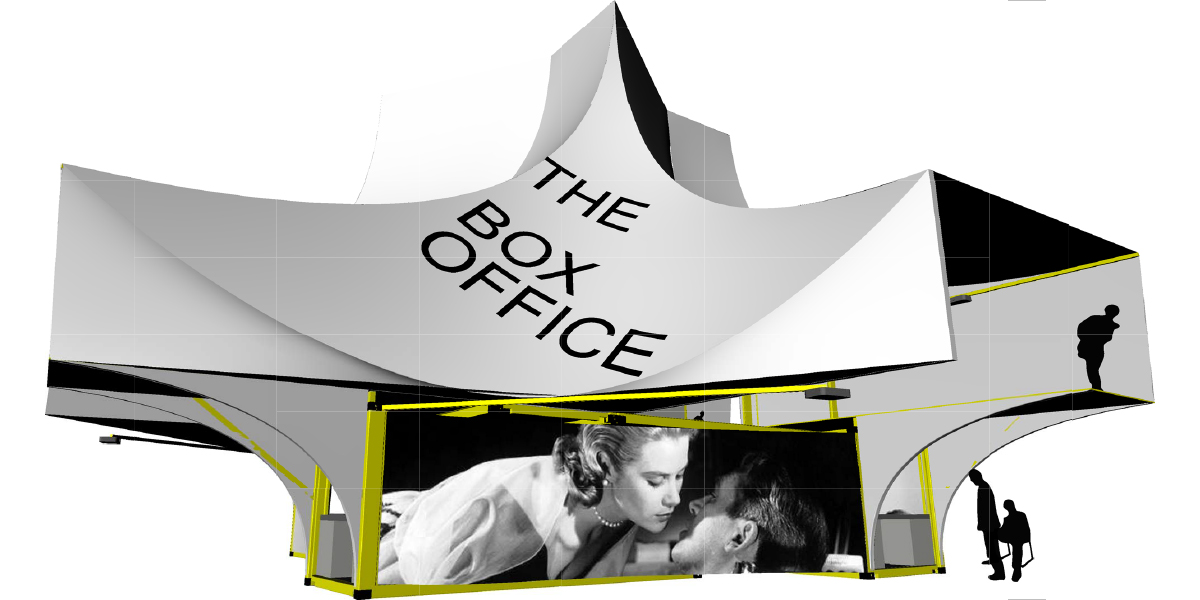
Pop-Up Architecture
This research and design initiative interrogates the potential of up-cycling or re-fitting shipping containers for architectural applications, while also investigating other ways in which architecture can be made flexible and transportable to the extent that it could be called “Pop-up Architecture.” Pop-up Architecture can be described as mobile, easily assembled and disassembled space, comprised of standardized building materials, with the potential for deep levels of variation in adaptability, installation, and use.
Architects and engineers have explored the benefits of up-cycling shipping containers for several decades. These benefits include sustainability, flexible modularity, strength and durability, as well as efficiency and cost. As architectural readymades, shipping containers naturally lend themselves to the creation of smart, modular configurations for a variety of applications, including cultural, institutional, commercial, and residential projects of varying sizes. Shipping containers are also very adaptable, capable of responding to the changing needs of its users over time.
Despite the numerous benefits of up-cycling shipping containers, architects have yet to fully develop and document its potential. Pop-up Architecture seeks to demonstrate how the transportable, flexible, durable, and sustainable properties of the shipping container can achieve unlimited variation, and thus greater design possibilities in terms of materials, occupation, spatial affect, and image capabilities. In turn, we ask: how can architects make space more flexible, adaptable, accessible, mobile, efficient, and cost-effective in the 21st century?
Team: Pop-up Architecture is led by Daniel López-Pérez and Whitney Moon in the Department of Art, Architecture + Art History at the University of San Diego with Ryan Barney, Dante Vicino, Gary Esposito and Angela Vanella.